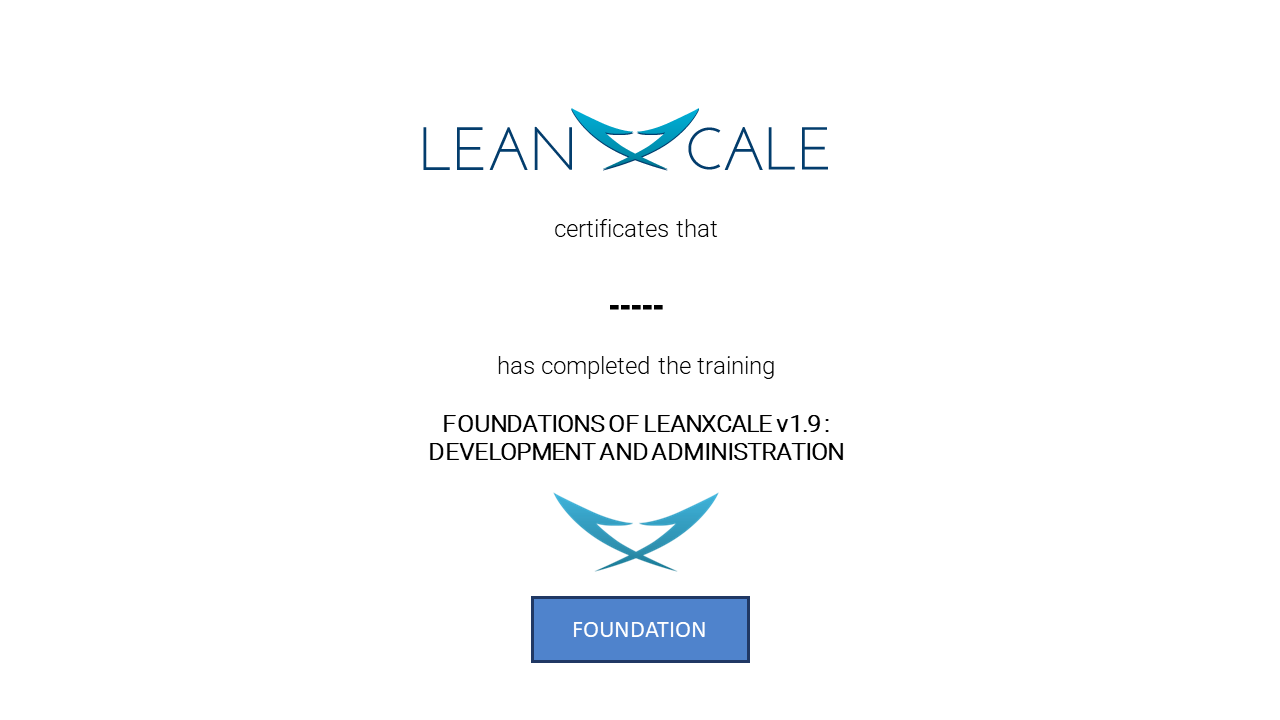
What will you learn in our course?
- How to set-up a local database to develop
- Connect a JDBC Client
- Administrate
- Start/Stop
- Backup///Restore
- Monitoring
- Add//remove nodes
- Move partitions
- Disaster Recovery
- Security
- User Management
- Encryption
- In-transit
- At-rest
- Database objects intro
- Database
- Schema
- Table
- Index
- Online aggregates
- Trigger & Table functions
- Statistics
- System Tables
- Create a CRUD
- Java
- Python
- .Net
- How to deal with transactions: Isolation levels
- How to insert data efficiently
- How-to-start
- Latency
- Prepared Statement
- Batching
- Parallelism
- Distribution
- Partitioning
- Upserts
- Troubleshooting Poorly Performing Insertion
- Updates and old versions
- How to read data optimally
- Distribution
- Partitioning
- Primary Indexes
- Secondary indexes
- Covered indexes
- Memory tables
- On-line aggregates
- Statistics and Sampling
- Troubleshooting Poorly Performing Queries
- Troubleshooting
- Running out of memory (where)
- Running out of disk space (where)
- Inefficient writes (refer how to write efficiently):
- Collocation of client application with database manager (same datacenter).
- Connecting/disconnecting continuously (per query or transaction).
- Non prepared statements.
- Non batching for loading
- Single threaded application.
- Slow queries (refer how to read efficiently)
- Slow access to large tables (database stats not run after loading or massive updates or update across long time).
- Increasingly slower historic table access (bidimensional partitioning).
- Only one kvds is used (no partitioned table)
- Some kvds are more used than others (not even partitioning across kdvs)
- Full scan (lack of index)
- Expensive recurrent analytical aggregate queries (online aggregates).
- Covered indexes
- Global indexes
- Problems with transactionality
- What is better with LeanXcale
- Insertion for large datasets
- Aggregation
- Scalability
- HA
LUIS MELGAREJO | LEANXCALE training MANAGER & Business development
Skilled, experienced, and highly motivated Business Developer with an outstanding product development experience for Financial Services. Bringing +30 years of experience in several challenging markets and product verticals like Trading, FX, Cards, Domestic and Cross-border payments, most recently helping banks with their ISO 20022 adoption journey.
GET A PROFESSIONAL CERTIFICATE TO PROVE YOUR SKILL
GET YOUR CERTIFICATE
Complete our free online course and get a digital certificate on LeanXcale foundations.
Share IT on LinkedIn
Share your certificate on LinkedIn and prove your proficiency on LeanXcale.
BOOST YOUR CAREER
Unlock new career oportunities!





